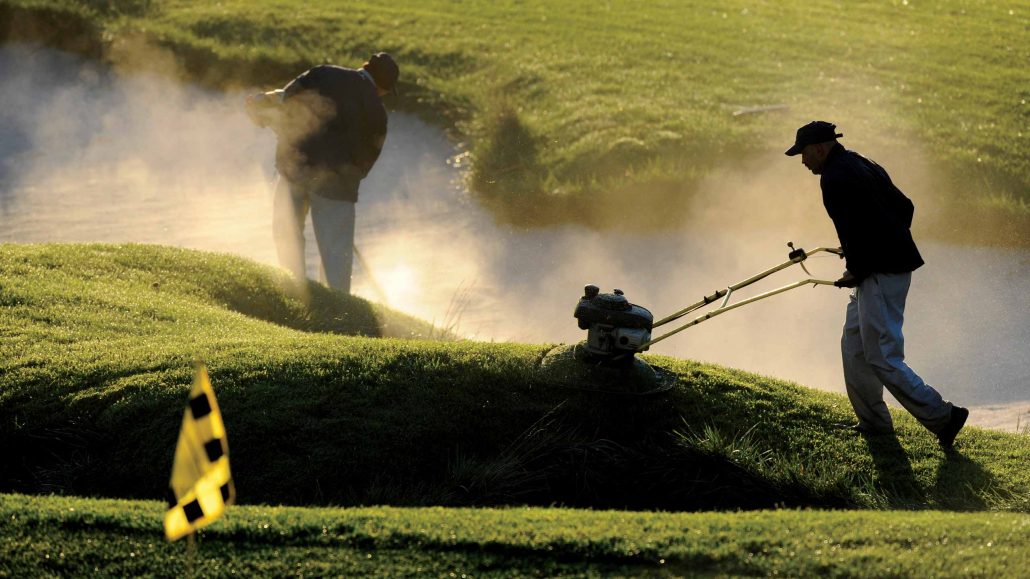One of the images that surfaces regularly in Masters week depicts a squadron of mowing machines poised to move across a fairway.
They cut the grass in patterns invisible to the players, but apparent to the television cameras, going the extra mile in exclusivity.
It is a gaudy display of wealth; each machine (and Augusta National Golf Club probably owns dozens of them) would cost in the region of a million rand in this country.
At the humble golf club I call home we have one tractor and two slashers, one for the rough, the other for the fairways and greens. When the tractor breaks down, as it does on a regular basis, maintenance of any kind must be done by hand. Our club committee apportions tasks to volunteers and, somehow, we battle on.
These are the two different worlds that golfers inhabit everywhere, the dichotomy of the modern game. On the one hand there are gasps of opprobrium from professionals asked to sacrifice 15 yards of distance by a regulated ball to defend the honour of some of our older courses. On the other hand, members are asked to get involved with manual labour to keep courses playable.
Some years ago, I wrote a series of short stories set in the mythical dorp of Ystervarkrivier. The owner of the nine-hole mashie course drove and maintained his own tractor, installed a reticulation system and had one employee. It required a suspension of disbelief from the reader but, after all, that’s what fiction is there for.
However, we’re rapidly approaching the point where such stripped-down facilities become the norm.
I played recently at a forgotten course halfway between Pietermaritzburg and Durban. The club superintendent was a Nomads stalwart I had met at Fancourt two decades ago.
He found me in the car park and instantly apologised for what I was about to experience. Broken equipment, no halfway house, fertiliser on the greens, etc, etc. Prepared for the worst, my playing partner and I instead discovered a South African classic, hiding in plain sight.
Thirty years ago, it must have been quite something, but 30 years ago it had over 1,000 members. Today, there are 77. The clubhouse remains, with its vast main room still capable of entertaining the multitude that will never come again. The lady mopping its parquet flooring also took our greenfees and served our drinks.
It is fashionable to moan about South Africa’s crumbling infrastructure, but there are still people willing to go the extra mile, to maintain facilities as best they can, even when they know that on certain days, no one will come at all.
A course as well established as Zwartkop has bowed to the inevitable and is sacrificing nine holes just to try to stay alive. Elsewhere there are manifold sacrifices being made by ordinary people who love golf and want South Africa to succeed.
So, the next time you’re driving through the hinterland, don’t speed past that mashie course, stop and play, spend some time with the roots of the game and remember to tip generously.
– This column first appeared in the May 2023 issue of Compleat Golfer magazine.









